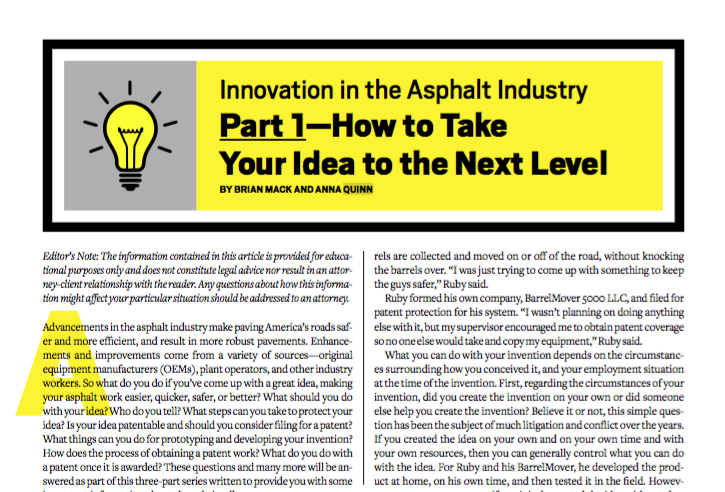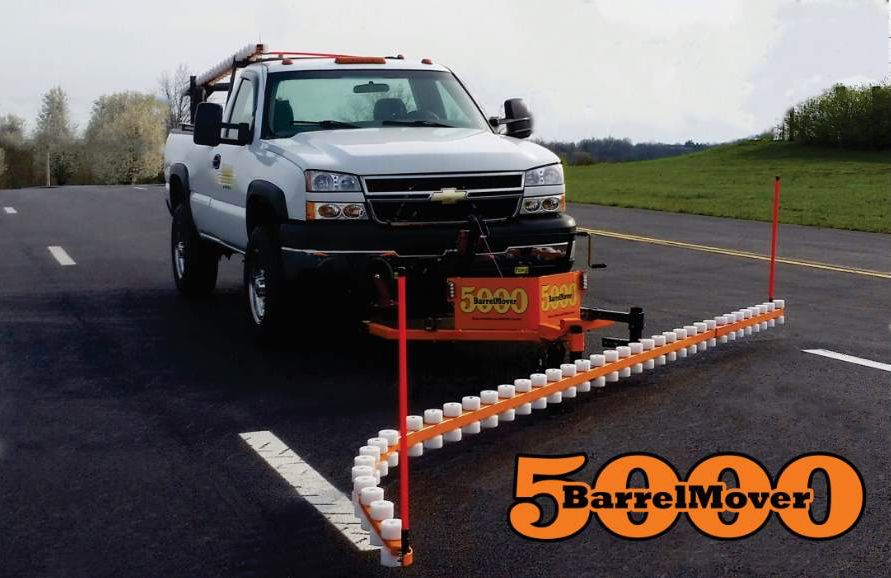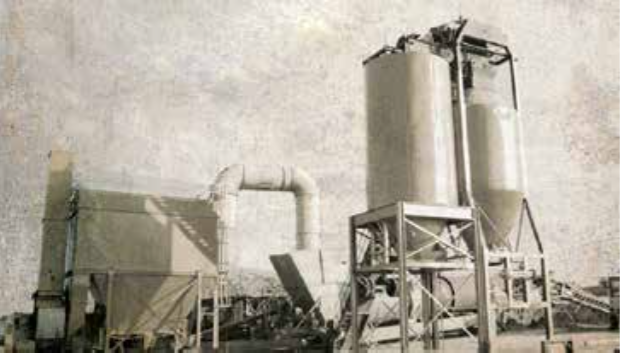How to Get a Patent on your Asphalt Product Idea
BY Brian Mack and Anna Quinn

Editor’s Note: The information contained in this article is provided for educational purposes only and does not constitute legal advice nor result in an attorney-client relationship with the reader. Any questions about how this information might affect your particular situation should be addressed to an attorney.
Advancements in the asphalt industry make paving America’s roads safer and more efficient, and result in more robust pavements. Enhancements and improvements come from a variety of sources—original equipment manufacturers (OEMs), plant operators, and other industry workers. So what do you do if you’ve come up with a great idea, making your asphalt work easier, quicker, safer, or better? What should you do with your idea? Who do you tell? What steps can you take to protect your idea? Is your idea patentable and should you consider filing for a patent? What things can you do for prototyping and developing your invention? How does the process of obtaining a patent work? What do you do with a patent once it is awarded? These questions and many more will be answered as part of this three-part series written to provide you with some important information about the role intellectual property, such as patents and trademarks, plays in road construction, and specifically the asphalt plant and paving industry.
Asphalt equipment OEMs have developed many improved systems and technologies over the years to make paving safer and quicker, and ultimately deliver a better finished road surface. However, many of the best ideas come from those who are trying to improve the way they perform their day-to-day jobs. For example, many industry professionals will often recognize and implement a safety improvement or an improvement to a piece of paving equipment or asphalt plant component. Chances are, if you haven’t already had an idea or two over the years to improve how you do your job, you will at some point.

Kyle Ruby of BarrelMover 5000 LLC, Dry Ridge, Kentucky, developed the product at home, on his own time, and then tested it in the field. Ruby’s supervisor at the time encouraged him to obtain patent coverage so no one else would take and copy his equipment. AsphaltPro featured the safety product in the Here’s How it Works department at https://theasphaltpro.com/the-barrelmover-5000/.
Kyle Ruby of BarrelMover 5000 LLC, Dry Ridge, Kentucky, is an example of an individual who came up with a better and safer way of performing road work and turned it into a successful business. When lanes are closed for paving or other roadwork, cones or barrels are often moved on and off of the road manually by the road crew. This takes considerable time and also puts workers in harm’s way by having the road crew near moving traffic. Ruby developed a system that connects to a vehicle such that when the vehicle is driven down the lane, the barrels are collected and moved on or off of the road, without knocking the barrels over. “I was just trying to come up with something to keep the guys safer,” Ruby said.
Ruby formed his own company, BarrelMover 5000 LLC, and filed for patent protection for his system. “I wasn’t planning on doing anything else with it, but my supervisor encouraged me to obtain patent coverage so no one else would take and copy my equipment,” Ruby said.
What you can do with your invention depends on the circumstances surrounding how you conceived it, and your employment situation at the time of the invention. First, regarding the circumstances of your invention, did you create the invention on your own or did someone else help you create the invention? Believe it or not, this simple question has been the subject of much litigation and conflict over the years. If you created the idea on your own and on your own time and with your own resources, then you can generally control what you can do with the idea. For Ruby and his BarrelMover, he developed the product at home, on his own time, and then tested it in the field. However, if you jointly created the idea with another person, then you are each considered to be an inventor, and, absent an agreement otherwise, each has a right to the invention.

A.J. Ronyak of Odor Solutions Group, Arizona, developed his product while a plant operator back in the 1990s. He applied for the U.S. patent of his odor eliminating additives in March 2000, received the patent in October 2002, and also patented the additives in Europe and Canada.
Second, your employment situation will also impact what you can or cannot do with your new invention. If you are employed by a company or work as an independent contractor for a company, often times, many employers have an intellectual property clause included in an employment contract. Under a typical intellectual property clause, an idea, if created on company time with company resources, is considered property of the company/employer. Often times, such employment clauses require the employee to assign his or her rights in the invention to the company. If you work for a company and have created a new invention, consider contacting your supervisor or an in-house attorney, if there is one on staff, to determine what corporate procedures, if any, are in place for inventors and their ideas. Although your invention may be company property, a number of companies often have an inventor program to award inventors for their creativity, as your creativity helps to improve the company’s overall value.
It is imperative for an inventor to thoroughly document his invention. For example, notes outlining details of the invention, such as how it operates and what it looks like, the date of conception, the parties involved and their respective contributions, are all important details to be recorded. These details will be helpful to the patent attorney who prepares your patent application, but can also be used in the event there is a dispute over inventorship or ownership of the patent.
While it may be necessary to prove your idea commercially through a working prototype, no such working prototype is required to prove patentability of your invention at the U.S. Patent & Trademark Office. However, a public disclosure of your invention, such as a commercial offering for sale, prior to filing your patent application, can bar you from obtaining patent protection. Therefore, although there may be a desire to prototype and/or test out your idea, it may be better to keep any such plans secret until after a patent application has been filed.
In part two of this series, we will look at some important things to consider when bringing your new idea to market, including non-disclosure agreements, business formation, obtaining investor support, and some important business aspects such as operating as an individual versus as a corporation. Finally, part three of this series will provide you with some guidance regarding the patent process, including parts of a patent application, performing a patent search, the rights conferred by a patent, and the limitations of patent coverage.

Brian Mack

Anna Quinn
Brian Mack and Anna Quinn are registered patent attorneys with Lathrop & Gage LLP in Overland Park, Kansas. Their work includes counseling clients on various intellectual property issues including drafting and prosecuting patent applications, trademark applications, licensing patents, enforcing patents, and avoiding patent infringement. Their client base spans different technologies and industries including general mechanical, construction equipment, power generation, aerospace, energy, biological, and chemical industries. For further information, contact Mack at bmack@lathropgage.com or Quinn at aquinn@lathropgage.com, or visit www.lathropgage.com.
